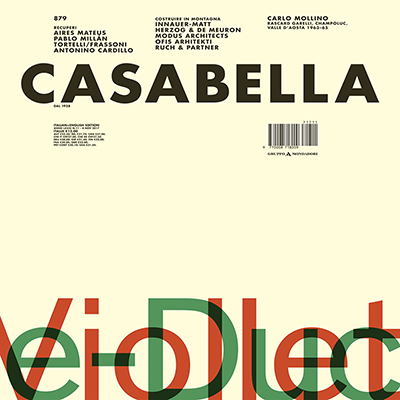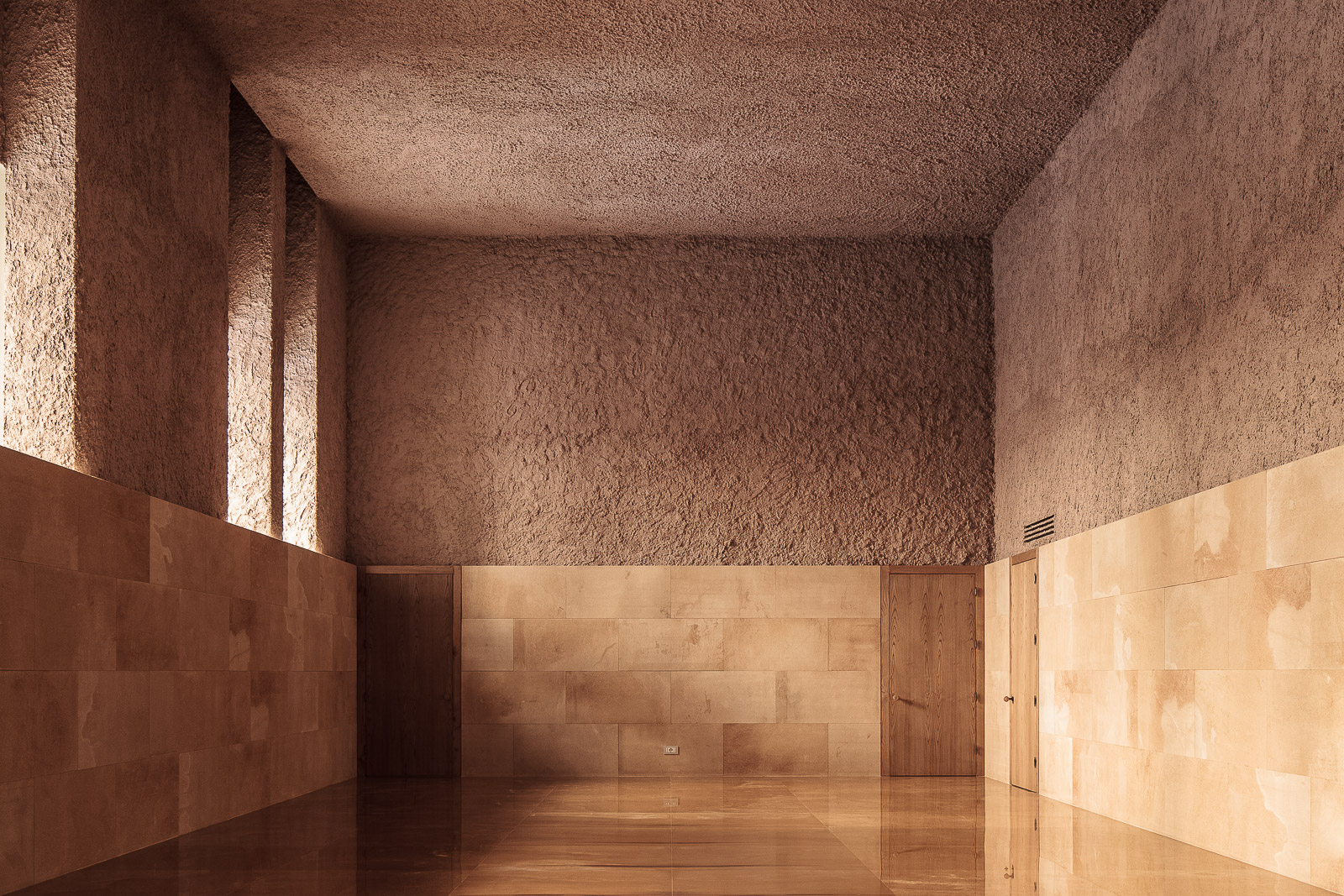
Review
Jean-Marie Martin
On 9th October 2016, the Sala Laurentina in the Cathedral of Trapani was inaugurated. On this occasion, the hall was given a new name: Specus Corallii. The hall is located in the oratory, which was destroyed during the Second World War, of the Cathedral of San Lorenzo, which assumed its final configuration in the mid-1700s, concluding a construction narrative that began in the 12th century. By transforming the Sala Laurentina, Antonino Cardillo, an architect who has deservedly garnered the attention of international critics, created a space akin to a telescope aimed at the past of the place that the Cathedral now occupies, whose historical events not only cannot be restored but also contribute to obscuring. What the Cathedral inevitably conceals is the role the sea has played in shaping, along with the culture of its inhabitants, the land on which Giovan Biagio Amico erected the porticoed pronaos and other parts of the 18th-century building.
This relationship can only be represented by using an allusive paradigm, such as the one Cardillo employed in reconfiguring the environments of the oratory of the Cathedral, as evidenced by the name ‘Coral Grotto’ that he assigned to them. However, what Cardillo has constructed is not directly and literally related to the forms that one inevitably associates with the two expressions ‘grotto’ and ‘corals’. On the contrary, it would be better to say that the spaces he designed make apparent the unbridgeable distance that separates them from what they evoke—indeed, the measurement of this distance is the very essence of evocation, hence Specus Corallii. Like grottoes, corals, which find their environment in marine crevices, are animal flowers formed by countless individuals; the colonies they create are, like grottoes, the product of nature’s and time’s action. The space designed by Cardillo, however, is a silver rectangle. A silver rectangle has sides corresponding to 1 and √2+1, and is measured by the irrational number 2.4142… which denotes the section it is named after. In configuring Specus Corallii, Cardillo inevitably relied on allusion and used abstraction. He thus utilized mathematics, the foundation of ornamentation in architecture, to shape the space and materials to evoke the iridescent configurations of Anthozoan colonies. For this reason, the walls of the Sala Laurentina were covered with a rough plaster, composed of lime, sand, and pozzolana to achieve a scabrous coloration that alludes to that of corals. The plaster extends over the walls above a continuous shell limestone cladding, which also continues on the floor, but in this case after being subjected to a polishing surface treatment, creating a sort of liquid envelope, made elegant by workmanship and conciseness. The light, coming from the six openings framed by the rough parament, plays in different ways, being absorbed and reflected, on three mirroring surfaces, the floor being the most polished, reminiscent of the effects produced by the sun’s rays crossing the sea surface. This suggestion is also pursued in the corridor that opens laterally to the hall, the ‘gallery’ where a succession of arches forms a telescope, where the green tones of the colors used and their transparency once again recall a marine surface.
The ‘Gallery of Arches’ ends with a niche, the only passage where this reconfiguration work of a space of only 165 square meters gives way to the memory of the function that the oratory had in the past, inserting an exception into the rigorous exercise that on this occasion too, Cardillo has performed in reaffirming the allusive power of abstraction, a faithful ally of evocation.

Antonino Cardillo, Gallery of Arches, Specus Corallii, Sala Laurentina, Cathedral of Trapani, 2016. Photography: Antonino Cardillo